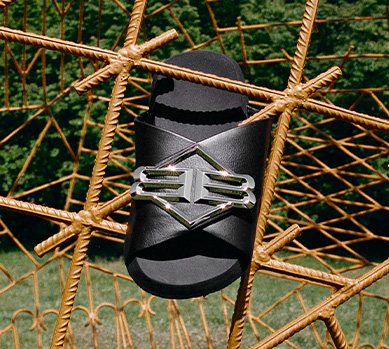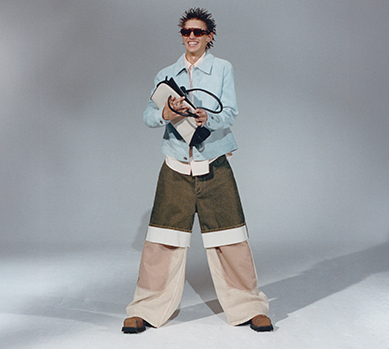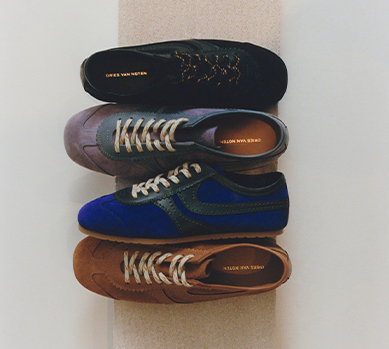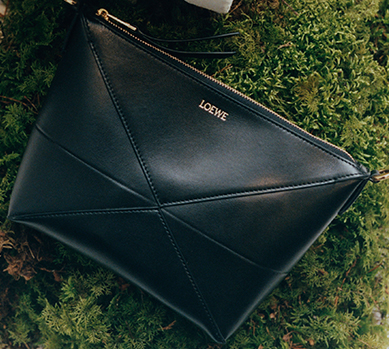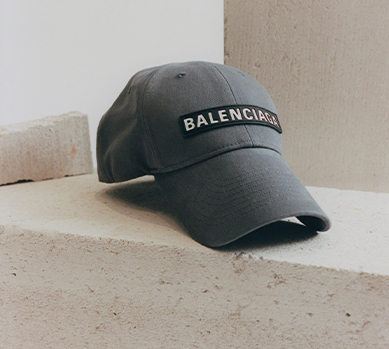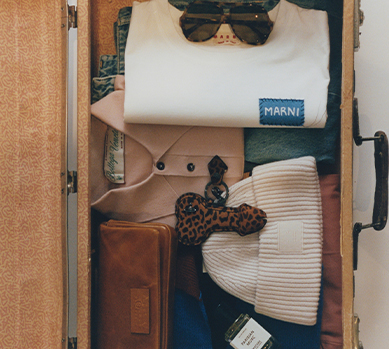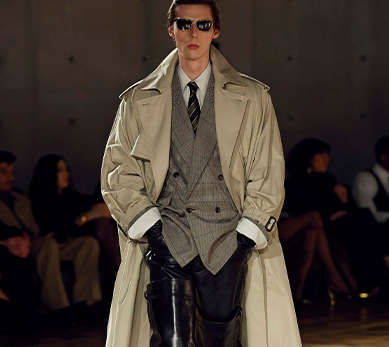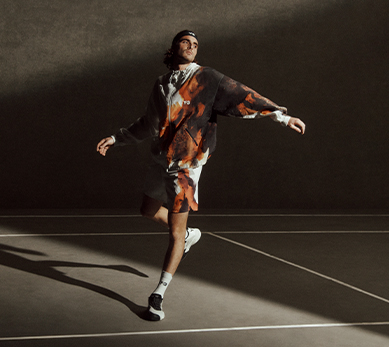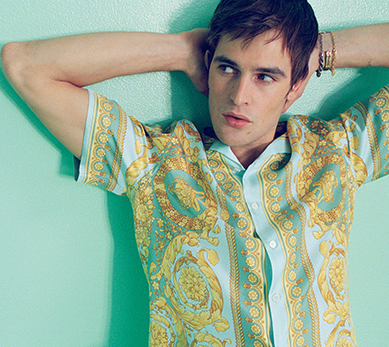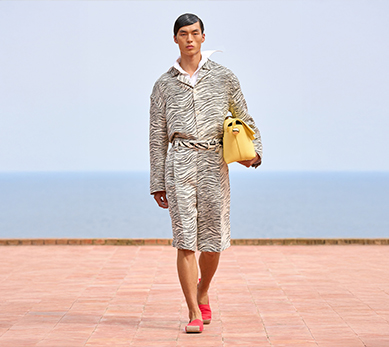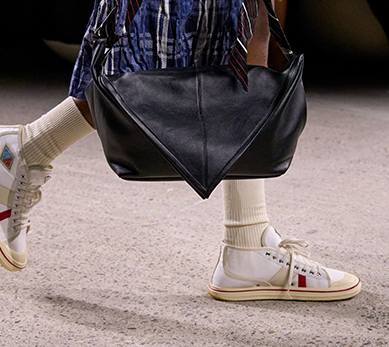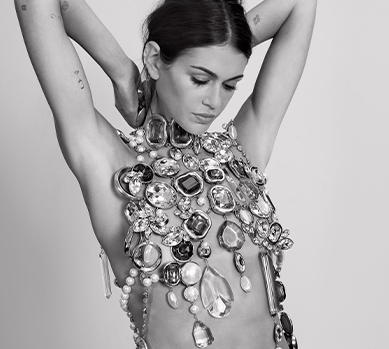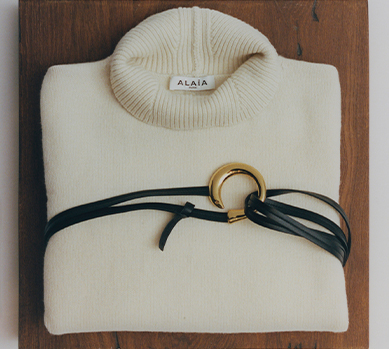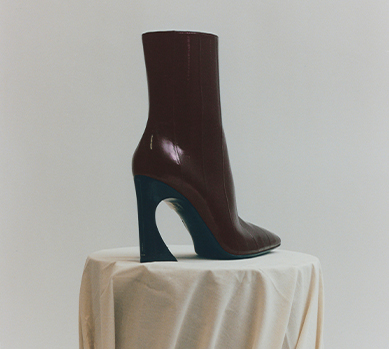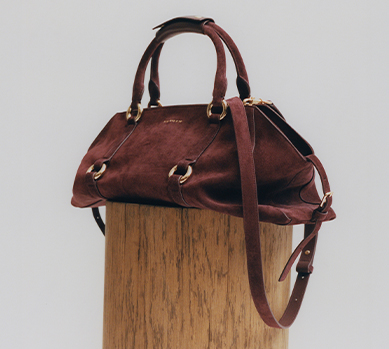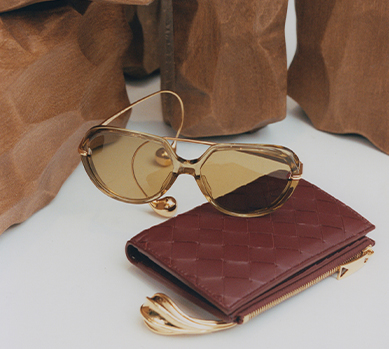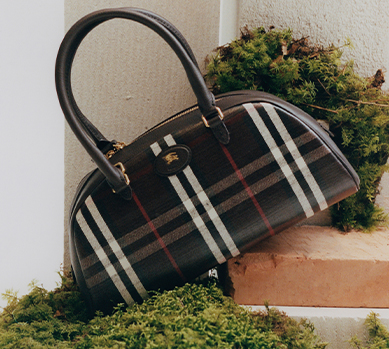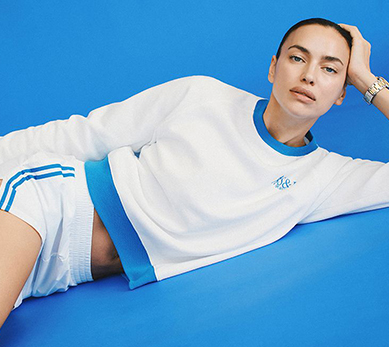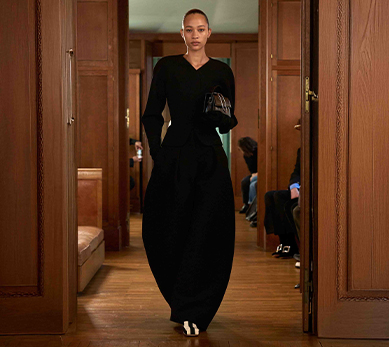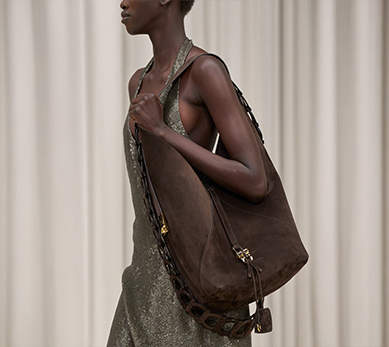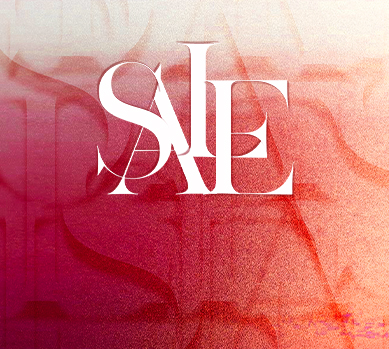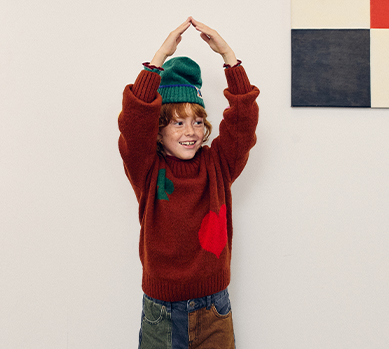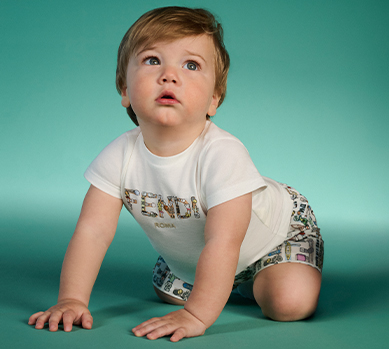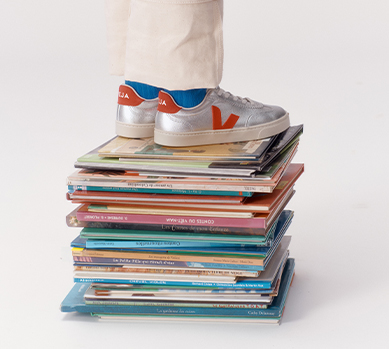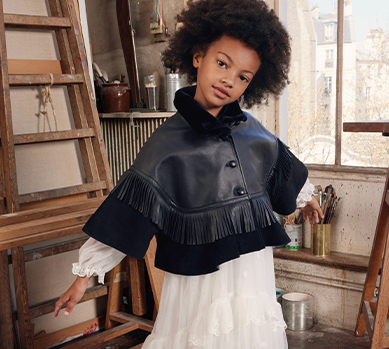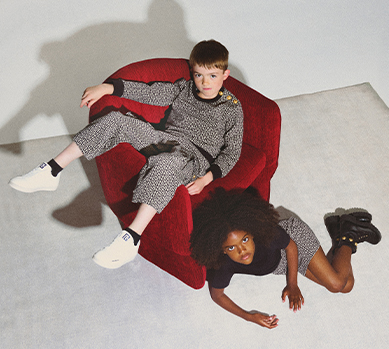- HOMBRES
- MUJERES
- NIÑOS
- STREETWEAR CLUB
- DISEÑADORES
- SALE
Hombres
Mujeres
Niños
Opium Style: What Is This Trend and How to Wear It with Class?
Fashion

Explore the mysterious Opium style – dark, rebellious, and full of individuality. Learn how to add its bold flair to your wardrobe with elegance.
In the world of fashion, trends constantly emerge that capture our attention with their originality and bold character. One of them, which has recently sparked considerable interest, is the Opium style. Mysterious, a bit dark, and certainly not for everyone. Or is it? Are you wondering what lies behind this enigmatic name and how you can incorporate its elements into your wardrobe while maintaining chic and individuality? Let's take a closer look.
What Exactly Is Opium Style?
Opium style, while it may sound new to some, draws inspiration from the deeper layers of subcultures and aesthetics. It's not a uniform, rigidly defined set of rules; rather, it's a certain aura, a way of expressing oneself. Imagine a combination of gothic melancholy with a modern, somewhat deconstructed approach to form, seasoned with a pinch of punk nonchalance and avant-garde courage.
The roots of this trend trace back to the music scene, particularly certain subgenres of trap and hip-hop, where artists began to explore a darker aesthetic. Rapper Playboi Carti and the artists associated with his record label of the same name—Opium—are considered contemporary proponents of this aesthetic in its new, musical form. It is this specific atmosphere, somewhat decadent, full of ambiguity, and at times even mesmerizing, that constitutes the essence of Opium style. It's not just about the clothes; it's about a complete image that communicates a certain independence and distance from mainstream canons.
It's also worth remembering that fashion is rarely born in a vacuum. The goth subculture, which flourished in the late '70s and early '80s with its fascination for darkness, velvet, and lace, and punk with its rebellious approach to form and material (leather, studs, deliberate destruction), have certainly left their mark on what we now call Opium.
Where Does This Dark Fascination Come From?
Have you ever wondered why darkness and mystery are so often appealing in fashion and art? Perhaps it's because they provide a contrast to the everyday, to predictability. The Opium style taps into this fascination, offering an escape into a world that is more theatrical and introspective. As Rick Owens, a designer often called the "Lord of Darkness" in fashion, put it: "There is a dark side to the world that we all know – and you can either ignore it and create a candied, Disney-fied version, or you can acknowledge both the beauty and the darkness." It's a bit like a favorite film noir. It draws you in with its atmosphere, its play of shadows, and a character who has something to hide.
In fashion, which is often a reflection of social moods, such darker aesthetics appear cyclically. They are a form of rebellion, a way to emphasize one's individuality in a world dominated by mass trends. It is, so to speak, a form of artistic expression where clothing becomes a canvas for more complex emotions.
What Are the Key Elements of an Opium Wardrobe?
Let's get down to specifics. If you want to draw from the Opium aesthetic, what elements should you pay attention to?
The Dark Heart of the Palette
It will come as no surprise that the dominant color is black. Deep, matte, sometimes with the sheen of leather or vinyl. It builds the foundation and gives the whole look its characteristic, dark tone. Alongside black, you often see dark shades of red—burgundy, blood red—as well as deep purples or graphite. Sometimes, for contrast, you might notice accents of white or silver, but they are more of an addition than a main player.
A Play on Fits and Textures
Silhouettes in the Opium style often balance on the edge of exaggeration. On one hand, we have oversized men's clothing, such as voluminous men's coats, wide-leg pants, and hoodies that seem to envelop the figure. On the other hand, there are more fitted elements that accentuate the body, like men's leather pants (or their women's equivalents), corsets (though in a more modern, less literal interpretation), or asymmetrical tops.
Materials play a key role, and each carries a certain symbolism. Leather, whether genuine or faux, has long been associated with rebellion, strength, a certain rawness, but also sensuality. Velvet, in turn, introduces a note of luxury, mystery, and historical opulence. Mesh and transparent fabrics add an element of sensuality, a play of ambiguity, and at times, even decadent courage. We can't forget about heavy cotton, often with a washed-out or deliberately distressed effect, and men's denim in dark shades, frequently with rips.
The interplay of textures is important—combining matte with shine, smooth surfaces with more structured ones. This adds depth and ensures that even monochromatic outfits are not boring.
Details That Say More
In the Opium style, accessories aren't just an add-on; they're an integral part of the narrative. Chunky, silver men's jewelry, often featuring motifs of crosses, chains, or abstract, sharp forms, are not random ornaments. They communicate an affiliation with a certain aesthetic, referencing the heritage of goth or punk, where jewelry was a manifesto. Men's sunglasses with futuristic or highly exaggerated shapes, even worn after dark. Headwear is also characteristic—from beanies to more avant-garde hats. And finally, footwear: heavy, men's combat boots, platforms, or, conversely, stilettos with a predatory shape.
Opium with Class: How to Balance on the Edge of the Avant-Garde?
Alright, but how do you weave all these elements into your wardrobe to look intriguing, and not like a character from a gothic novel at a costume party? This is the art of wearing the Opium style with class.
The foundation is moderation and conscious choice. You don't have to dress head-to-toe in black and chains right away. Sometimes one strong element—for example, leather pants with an interesting cut, original jewelry, or a coat with a deconstructed form—is enough to give an outfit the desired character. It's important that the rest of the outfit is more subdued, creating a backdrop for this statement piece.
The quality of materials is of great importance here. It's better to invest in one well-made item from high-quality leather or wool than in several cheaper ones that will quickly lose their shape. Well-tailored clothes, even oversized ones, will look more refined. Think of it as an investment in your image. Instead of blindly following every micro-trend, choose what truly resonates with your style and what you will enjoy wearing, whether browsing offerings for men or women. It's a bit like a good perfume—you don't need a lot of it to make an impression.
Is Opium Just a Fleeting Whisper in Fashion Trends?
Many people wonder if the Opium style is just a passing fad that will quickly fade away. However, fashion history teaches us that certain aesthetics, especially those rooted in subcultures and expressing strong emotions, tend to return in new forms. Goth, punk, grunge—their echoes are still present in contemporary trends.
The Opium style, drawing from these darker sources, has the potential to become more than just a seasonal hit. Moreover, in the age of social media, such niche aesthetics gain an incredible platform for expansion. Platforms like TikTok and Instagram play a key role in the rapid spread of trends, including the Opium style, especially among the younger generation. Users from all over the world reinterpret it, share their outfits, and create a global community around this aesthetic. It may evolve, adapting to changing times, but its essence—a certain mystery, individualism, and a play on convention—will likely remain attractive to those who seek more than just clothes in fashion. It's like classic rock music—new generations continue to discover its power.
How to Find Your Own Path in the Opium Aesthetic?
If you feel that the Opium style resonates with you but don't know where to start, here are a few tips. First, don't be afraid to experiment, but do it gradually. Start with one element—it could be a pair of heavier boots, original jewelry, or a black blazer with a slightly different cut. See how you feel in it.
Seek inspiration consciously—analyze what exactly you like about a particular outfit and which elements you'd like to bring into your own closet. Remember, however, that fashion is, above all, about having fun and expressing yourself. The most important thing is that you feel authentic and comfortable. Because even the most avant-garde outfit won't look good if you don't wear it with self-confidence. It's your personality that is the key to making any trend, including this dark and mysterious one, truly your own.

